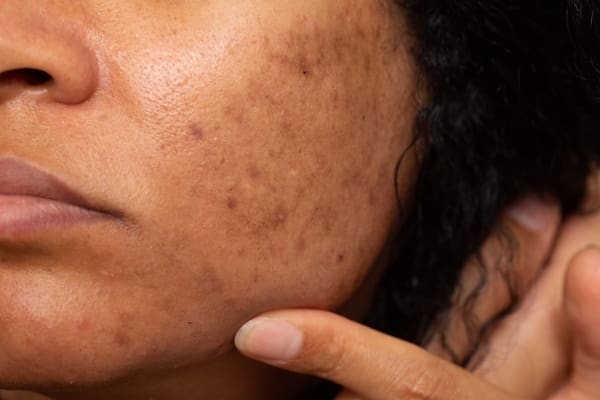HYPER PIGMENTATION CAN AFFECT ANY SKIN COLOUR
London Dermatology | 26 January 2025
Hyperpigmentation refers to the patches of skin that become darker than surrounding areas of skin. While it is not necessarily a serious condition, many people want to treat it for cosmetic reasons. Hyperpigmentation can affect any skin colour.
Hyperpigmentation is an umbrella term that covers different skin conditions characterized by patches of skin becoming noticeably darker than the surrounding skin of the same area. Hyperpigmentation is at the heart of many common skin conditions, including:
Age spots
Also called liver spots or solar lentigines, age spots are usually brown, tan, or black spots that appear on the skin after repeated sun exposure.
Post-inflammatory hyperpigmentation (PIH)
Often associated with acne, PIH is characterized by darkened spots and patches on the skin. It often appears after an inflammatory skin condition or trauma such as acne, eczema, scratches, and insect bites.
Melasma
Melasma consists of brown patches that frequently appear on the face. Hormonal fluctuations are a common culprit, which is why this condition is common in women, especially during pregnancy. Melasma usually produces a pattern on the face and often appears on the forehead, cheeks, and upper lip, and typically worsens with sun exposure.

